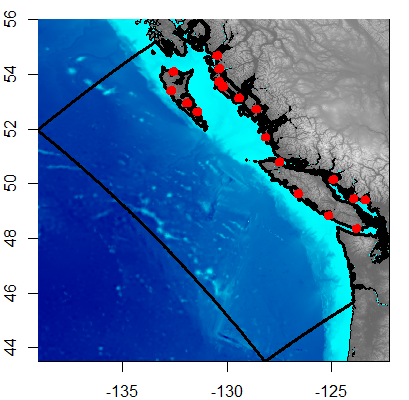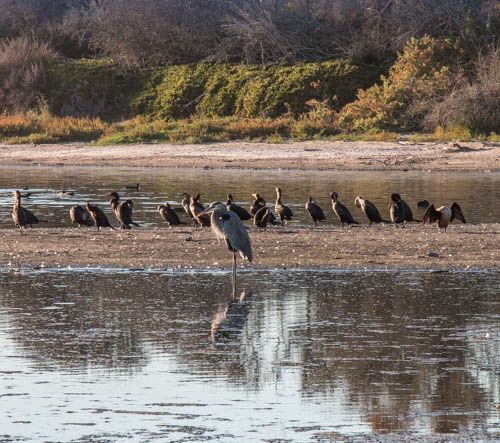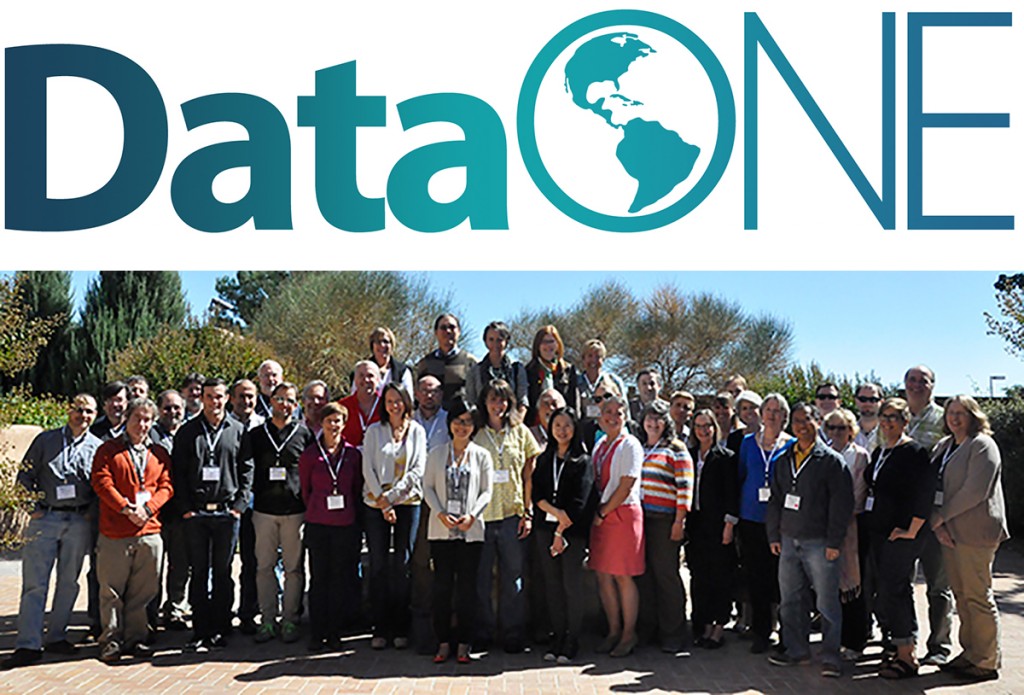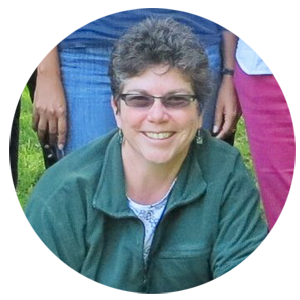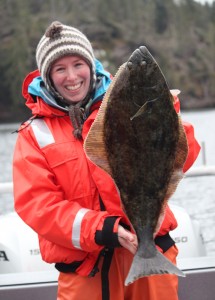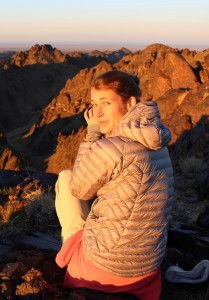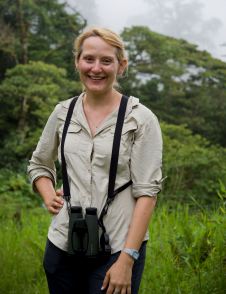Achieving a sustainable industrial economic system is the defining challenge of our age, one that requires understanding both of human-made systems that generate stresses on the environment and of the natural systems that absorb them. Industrial ecology (IE) is a synthesis field that seeks to understand the sustainability implications of decisions made in the context of human systems (businesses, households, public agencies). The main organizing principle in IE research is the boundary that separates the natural environment from the domain of human activity (aka the “technosphere”). Though natural systems are necessarily spatial, human systems are often more readily thought of as graphs, where different activities happen at distinct points in order to satisfy demand for products and services in the economy.
I will introduce the core methodologies of IE, material flow analysis and life cycle assessment, describe data collection and analysis in comparison to the natural sciences, and discuss how the operational concerns of businesses influence how IE investigations are designed and how knowledge is shared.
Brandon Kuczenski, Ph.D.
Assistant Researcher
University of California at Santa Barbara
Institute for Social, Behavioral, and Environmental Research
Santa Barbara, CA 93106-5131



